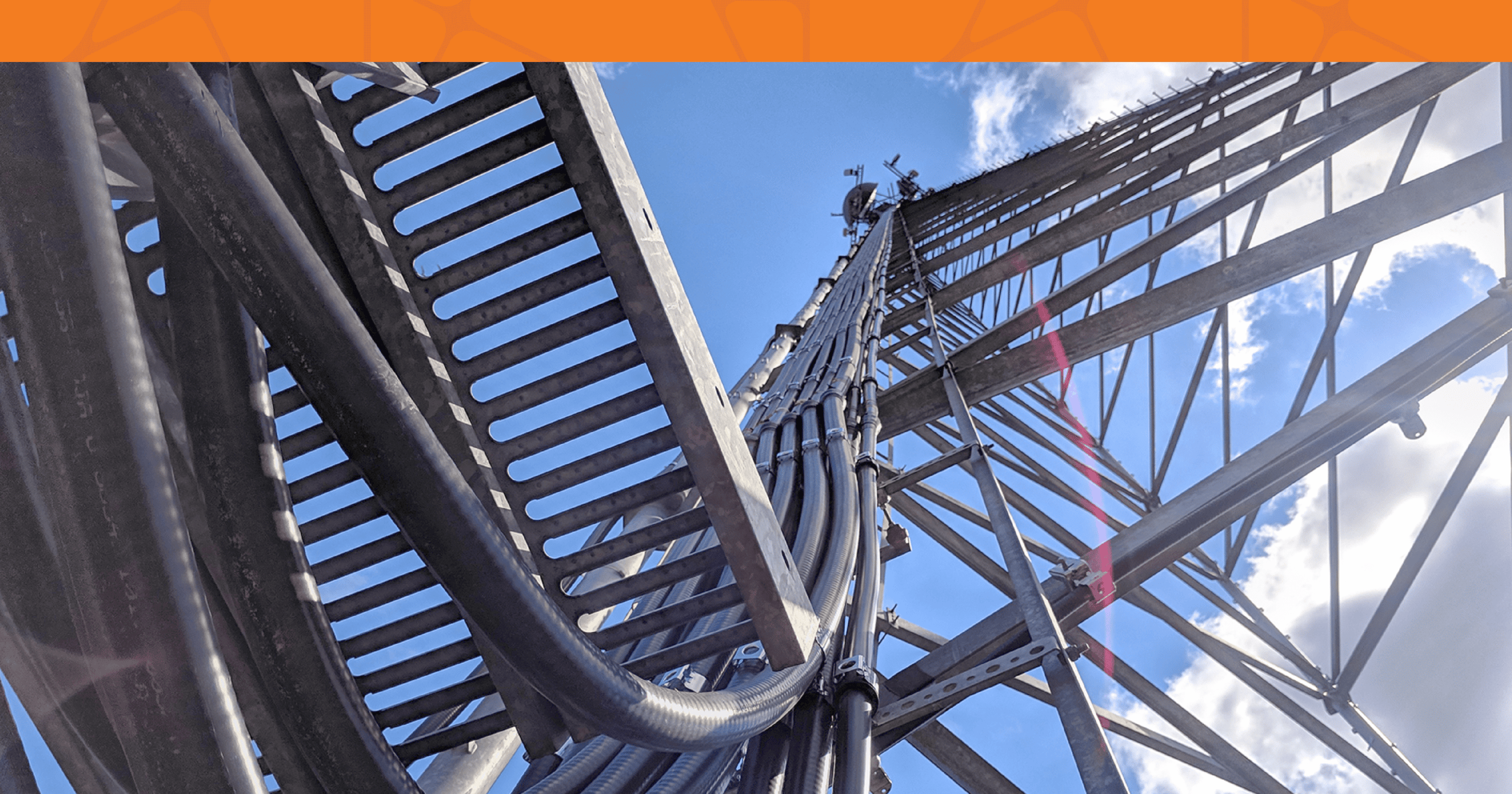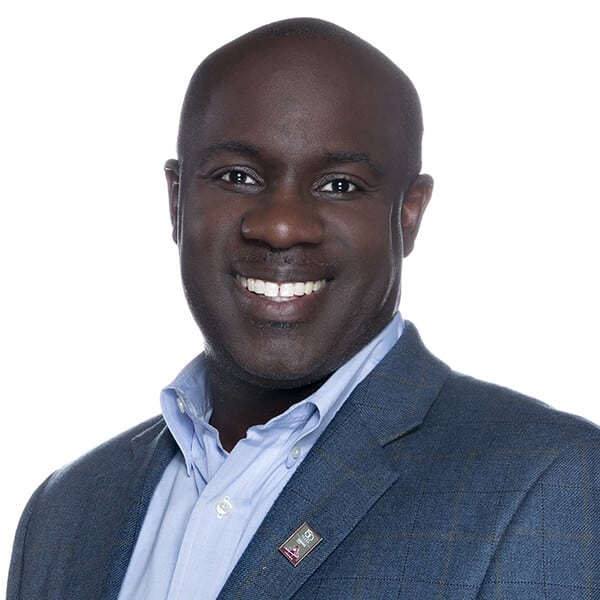- July 21, 2020
- Kimley-Horn Corner, Perspectives
Wiring Your Wireless: A Look Inside Fiber Optic Network Design


Todd Ireland
Telecom Project Manager

Marshall Knight
Telecom Project Manager

Todd Ireland
Telecom
Project Manager

Marshall Knight
Telecom
Project Manager
We live in a data-driven world where a high-speed connection is paramount to increasing our efficiency. Within the last two decades, we’ve seen technology go from wired to wireless. However, in this increasingly wireless world, the only actual wireless object is the cell phone itself. These wireless connections you rely on every day are powered in part, by a physical, wired network of fiber optic cables.
Fiber to the X: The Types of Fiber Networks
Fiber is the backbone for cell towers and communications, increasing the speed of transmitting signal from site to site. Our Telecom professionals specialize in designing and engineering Fiber to the X (FTTx) networks. These networks include:
- Fiber to the building (FTTb) – fiber cable goes to a point on a shared property where the connection is then carried to single homes, offices, or other spaces
- Fiber to the curb (FTTc) – fiber cable directly installed to curbs near homes or businesses
- Fiber to the node (FTTn) – fiber cable that provides telecom services to multiple destinations through a common network box (node)
- Fiber to the desk (FTTd) – fiber cable that carries a signal locally from an onsite box to a specific workstation
Each fiber network has a unique function design and configuration. We have performed fiber design services for major telecommunication companies, internet providers, universities, and businesses throughout the United States. These services include fiber feasibility studies and fiber design from meet point, to right-of-way, to building entry.
Fiber is Essential to Our Safety and Well-Being
While fiber is essential for modern communication through cell phones and high-speed internet, it serves additional purposes. Fiber networks cross the Atlantic Ocean through under-sea cables and span up and down our railroad tracks and highways. Fiber helps transmit data from red light cameras and speed cameras that monitor traffic. It’s also critical for ensuring emergency alerts—like flash flood warnings—can be sent to your phone in times of crisis. Fiber networks are instrumental in the safety and well-being of our communities.
How a Fiber Network Works
All fiber optic cables start at a data center, or meet point, and roll out from there. From the meet point, we survey the site to determine the most efficient way to structure the fiber network to quickly transmit data from Point A to Point B. Fiber is made of glass, meaning it cannot bend, twist, or turn easily. As a result, our surveying and planning must be precise—we avoid existing lines and identify the route that will require the least amount of permitting, meeting demands for faster speeds in less time.
Going the Extra Mile
Kimley-Horn is a large firm with a national presence and a local feel. We’re a one-stop-shop that provides the necessary surveying, permitting, design drawings, construction services, and more that fit your needs. We can also assist with fiber-optic installation plans, conduit and manhole installation, and building penetration designs. As Telecom experts, we are proud to help put together the networks that keep us safe and connected with people across the country and around the world.
About the Authors

Todd Ireland
Todd has more than 30 years of experience in design and construction phase services on a variety of telecommunication and civil engineering projects. A Certified Engineering Technician, he designs fiber in the right-of-way, as well as last mile fiber, work zone traffic control, permitting in public right-of-way and railroad crossings. Resident engineering includes construction observation, material review and approvals, contract modifications, scheduling and cost opinions.

Marshall Knight
Marshall has more than 20 years of experience providing structural engineering, fiber design, site acquisition, and consulting services to clients across the country. An attorney and seasoned consultant, Marshall is a creative problem solver and drives positive results for clients.
